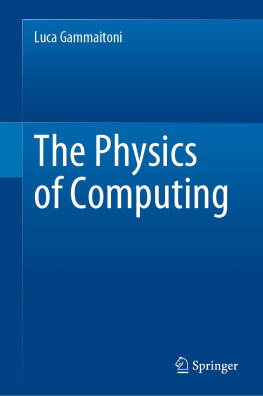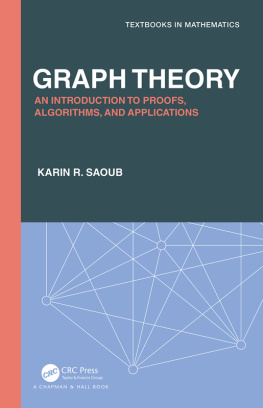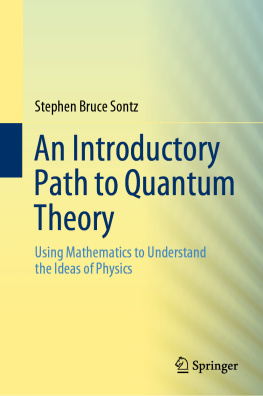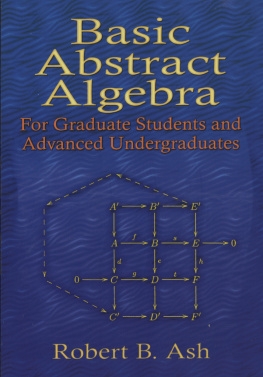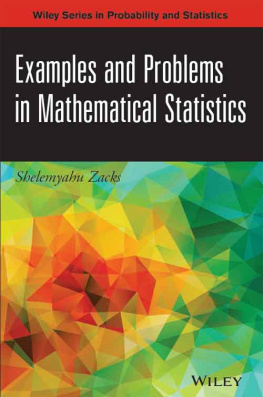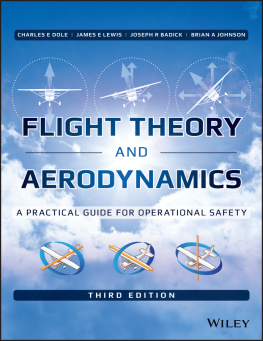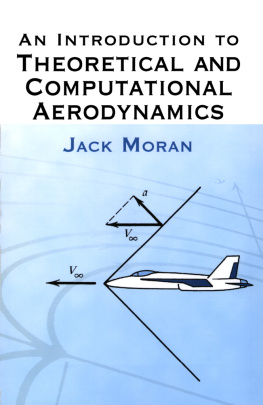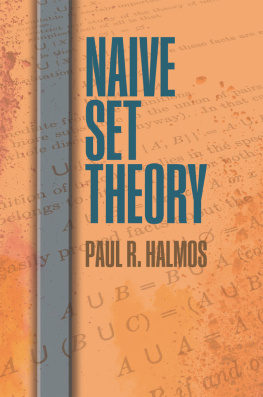This edition first published 2013
2013 John Wiley & Sons Singapore Pte. Ltd.
Registered office
John Wiley & Sons Singapore Pte. Ltd., 1 Fusionopolis Walk, #07-01 Solaris South Tower, Singapore 138628
For details of our global editorial offices, for customer services and for information about how to apply for permission to reuse the copyright material in this book please see our website at www.wiley.com .
All Rights Reserved. No part of this publication may be reproduced, stored in a retrieval system or transmitted, in any form or by any means, electronic, mechanical, photocopying, recording, scanning, or otherwise, except as expressly permitted by law, without either the prior written permission of the Publisher, or authorization through payment of the appropriate photocopy fee to the Copyright Clearance Center. Requests for permission should be addressed to the Publisher, John Wiley & Sons Singapore Pte. Ltd., 1 Fusionopolis Walk, #07-01 Solaris South Tower, Singapore 138628, tel: 65-66438000, fax: 65-66438008, email: .
Wiley also publishes its books in a variety of electronic formats. Some content that appears in print may not be available in electronic books.
Designations used by companies to distinguish their products are often claimed as trademarks. All brand names and product names used in this book are trade names, service marks, trademarks or registered trademarks of their respective owners. The Publisher is not associated with any product or vendor mentioned in this book. This publication is designed to provide accurate and authoritative information in regard to the subject matter covered. It is sold on the understanding that the Publisher is not engaged in rendering professional services. If professional advice or other expert assistance is required, the services of a competent professional should be sought.
Library of Congress Cataloging-in-Publication Data
Rathakrishnan, E.
Theoretical aerodynamics / Ethirajan Rathakrishnan.
pages cm
Includes bibliographical references and index.
ISBN 978-1-118-47934-6 (cloth)
1. Aerodynamics. I. Title.
TL570.R33 2013
629.1323dc23
2012049232
This book is dedicated to my parents,
Mr Thammanur Shunmugam Ethirajan
and
Mrs Aandaal Ethirajan
Ethirajan Rathakrishnan
About the Author
Ethirajan Rathakrishnan is Professor of Aerospace Engineering at the Indian Institute of Technology Kanpur, India. He is well-known internationally for his research in the area of high-speed jets. The limit for the passive control of jets, called Rathakrishnan Limit , is his contribution to the field of jet research, and the concept of breathing blunt nose (BBN) , which reduces the positive pressure at the nose and increases the low-pressure at the base simultaneously, is his contribution to drag reduction at hypersonic speeds. He has published a large number of research articles in many reputed international journals. He is a fellow of many professional societies, including the Royal Aeronautical Society. Professor Rathakrishnan serves as editor-in-chief of the International Review of Aerospace Engineering (IREASE) Journal . He has authored nine other books: Gas Dynamics , 4th ed. (PHI Learning, New Delhi, 2012); Fundamentals of Engineering Thermodynamics , 2nd ed. (PHI Learning, New Delhi, 2005); Fluid Mechanics: An Introduction , 3rd ed. (PHI Learning, New Delhi, 2012); Gas Tables , 3rd ed. (Universities Press, Hyderabad, India, 2012); Instrumentation, Measurements, and Experiments in Fluids (CRC Press, Taylor & Francis Group, Boca Raton, USA, 2007); Theory of Compressible Flows (Maruzen Co., Ltd., Tokyo, Japan, 2008); Gas Dynamics Work Book (Praise Worthy Prize, Napoli, Italy, 2010); Applied Gas Dynamics (John Wiley, New Jersey, USA, 2010); and Elements of Heat Transfer , (CRC Press, Taylor & Francis Group, Boca Raton, USA, 2012).
Preface
This book has been developed to serve as a text for theoretical aerodynamics at the introductory level for both undergraduate courses and for an advanced course at graduate level. The basic aim of this book is to provide a complete text covering both the basic and applied aspects of aerodynamic theory for students, engineers, and applied physicists. The philosophy followed in this book is that the subject of aerodynamic theory is covered by combining the theoretical analysis, physical features and application aspects.
The fundamentals of fluid dynamics and gas dynamics are covered as it is treated at the undergraduate level. The essence of fluid mechanics, conformal transformation and vortex theory, being the basics for the subject of theoretical aerodynamics, are given in separate chapters. A considerable number of solved examples are given in these chapters to fix the concepts introduced and a large number of exercise problems along with answers are listed at the end of these chapters to test the understanding of the material studied.
To make readers comfortable with the basic features of aircraft geometry and its flight, vital parts of aircraft and the preliminary aspects of its flight are discussed in the first and final chapters. The entire spectrum of theoretical aerodynamics is presented in this book, with necessary explanations on every aspect. The material covered in this book is so designed that any beginner can follow it comfortably. The topics covered are broad based, starting from the basic principles and progressing towards the physics of the flow which governs the flow process.
The book is organized in a logical manner and the topics are discussed in a systematic way. First, the basic aspects of the fluid flow and vortices are reviewed in order to establish a firm basis for the subject of aerodynamic theory. Following this, conformal transformation of flows is introduced with the elementary aspects and then gradually proceeding to the vital aspects and application of Joukowski transformation which transforms a circle in the physical plane to lift generating profiles such as symmetrical aerofoil, circular arc and cambered aerofoil in the tranformed plane. Following the transformation, vortex generation and its effect on lift and drag are discussed in depth. The chapter on thin aerofoil theory discusses the performance of aerofoils, highlighting the application and limitations of the thin aerofoils. The chapter on panel methods presents the source and vortex panel techniques meant for solving the flow around nonlifting and lifting bodies, respectively.
The chapter on finite wing theory presents the performance of wings of finite aspect ratio, where the horseshoe vortex, made up of the bound vortex and tip vortices, plays a dominant role. The procedure for calculating the lift, drag and pitching moment for symmetrical and cambered profiles is discussed in detail. The consequence of the velocity induced by the vortex system is presented in detail, along with solved examples at appropriate places.
The chapter on compressible flows covers the basics and application aspects in detail for both subsonic and supersonic regimes of the flow. The similarity consideration covering the Parandtl-Glauert I and II rules and Gothert rule are presented in detail. The basic governing equation and its simplification with small perturbation assumption is covered systematically. Shocks and expansion waves and their influence on the flow field are discussed in depth. Following this the shock-expansion theory and thin aerofoil theory and their application to calculate the lift and drag are presented.
In the final chapter, some basic flights are introduced briefly, covering the level flight, gliding and climbing modes of flight. A brief coverage of phugoid motion is also presented.


